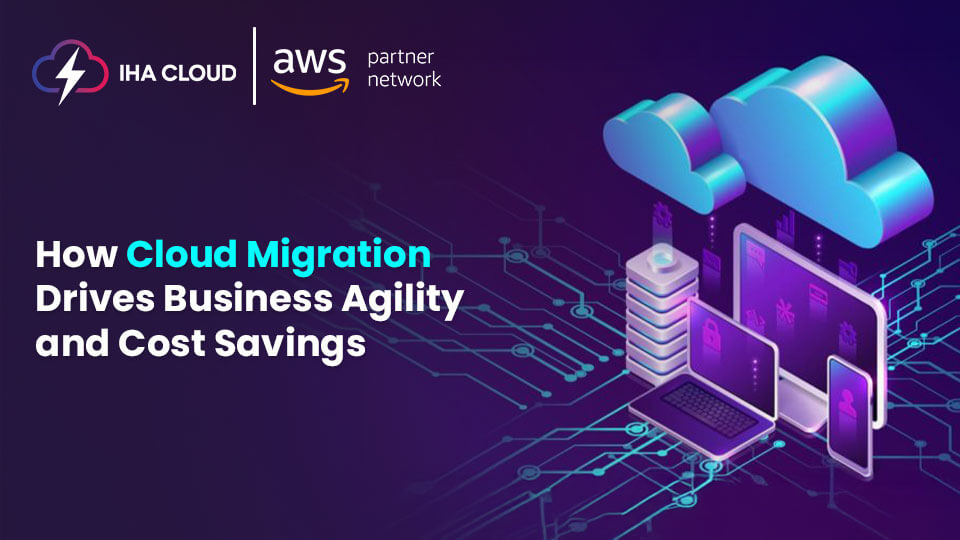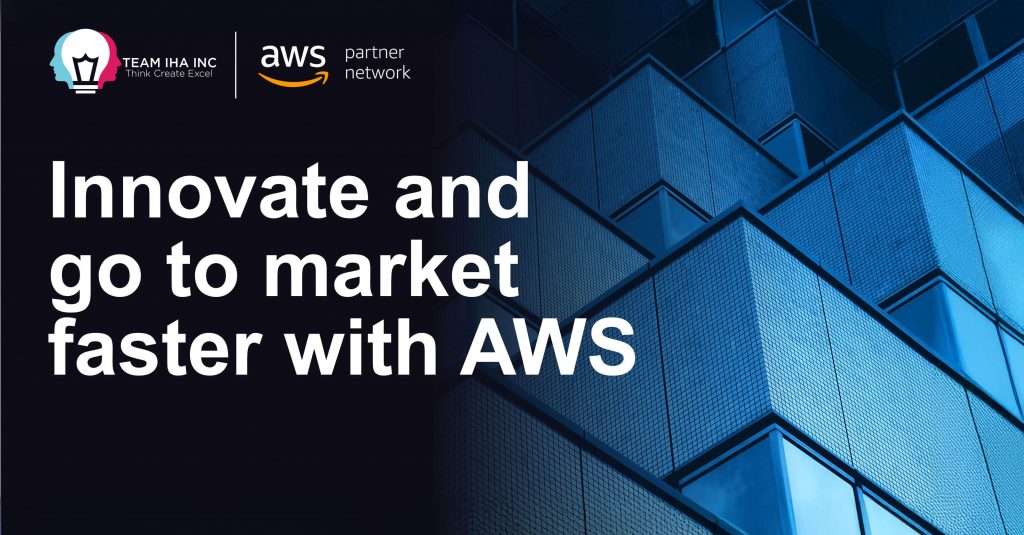At IHA Cloud, part of Team IHA LLP, we help organizations design secure, scalable, and cost-effective cloud solutions. One of the most powerful tools we use to guide our clients—especially startups and small businesses—is the AWS Well-Architected Framework.
In this blog, we’ll break it down in a simple and technical way, so you can understand how to build better cloud systems using AWS.
What is the AWS Well-Architected Framework?
The AWS Well-Architected Framework is a set of best practices designed by AWS to help businesses build secure, high-performing, resilient, and efficient cloud infrastructures. Think of it as a checklist or blueprint for designing and maintaining systems in the cloud the right way.
It focuses on six pillars, each addressing a crucial area of your architecture.
The 6 Pillars of the AWS Well-Architected Framework
1. Operational Excellence
This pillar is about how you run and monitor your systems.
Key Concepts:
- Automate deployments using CI/CD.
- Monitor logs and metrics with services like Amazon CloudWatch.
- Use runbooks and playbooks to handle incidents.
Startup Tip: Automate repetitive tasks early on—it saves time and avoids errors.
2. Security
Keep your systems and data safe. This pillar focuses on protecting confidentiality, integrity, and availability.
Key Concepts:
- Use IAM to enforce least privilege access.
- Enable MFA for all users.
- Encrypt data at rest (using KMS) and in transit (TLS).
- Regularly patch EC2 instances or use managed services.
Startup Tip: Security should be built-in, not added later.
3. Reliability
Make sure your system can recover from failures and scale as needed.
Key Concepts:
- Use Auto Scaling Groups for EC2 instances.
- Set up Route 53 with health checks for failover.
- Store data in multiple Availability Zones.
Startup Tip: Design your app to handle failure—because it will happen.
4. Performance Efficiency
Use computing resources efficiently to meet your requirements as demand changes.
Key Concepts:
- Right-size your instances.
- Use Amazon CloudFront for content delivery.
- Leverage serverless solutions like AWS Lambda to scale automatically.
- Use RDS Read Replicas to reduce database load.
Startup Tip: Don’t over-provision—use what you need and scale smartly.
5. Cost Optimization
Avoid unnecessary costs and make the most of your cloud spend.
Key Concepts:
- Use AWS Cost Explorer and Budgets to track expenses.
- Reserve capacity for predictable workloads (e.g., Reserved Instances).
- Use S3 Lifecycle Policies to move infrequently accessed data to cheaper storage tiers.
- Turn off unused resources (EC2, RDS, etc.).
Startup Tip: Always monitor and optimize—cloud costs can sneak up on you fast.
6. Sustainability
Minimize environmental impacts by optimizing workloads for energy efficiency.
Key Concepts:
- Use managed services (like Lambda or Fargate) instead of always-on compute.
- Select regions with lower carbon footprints.
- Optimize data storage and usage.
Startup Tip: Sustainable practices often reduce cost too—win-win!
How IHA Cloud Helps
At IHA Cloud, we regularly perform Well-Architected Reviews for startups and growing companies. These reviews help identify areas for improvement across the six pillars. We provide:
- A detailed report highlighting risks and recommendations.
- A prioritized roadmap to fix high-risk issues.
- Hands-on implementation support.
Our goal is to make sure your AWS architecture is not only functional but also secure, efficient, and future-ready.





